Rohingya Influx, Settlements: Forests, hills in peril: UN
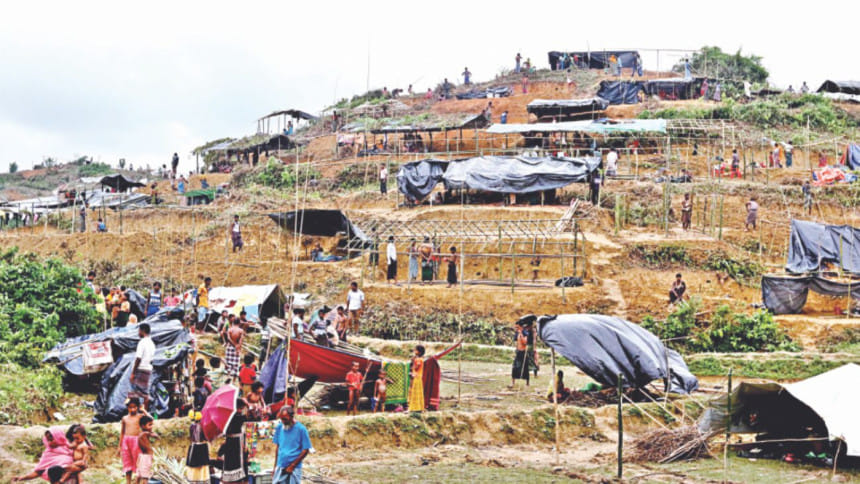
The Rohingya influx has put a critical impact on the forest land in Cox's Bazar as thousands of hectares have been destroyed for making makeshift camps and collecting firewood.
Apart from threatening the biodiversity, the use of the forest resources may also lead to a rise in the social conflict between the host communities and the Rohingyas, says a UNDP report.
A total of 1,485 hectares of forest land under Ukhia, Whykong and Teknaf ranges has been encroached, and more land will be degraded if the collection of firewood continues, says the report titled Rapid Environment Impact Assessment.
The influx of the people from the persecuted minority of Myanmar since August 25 last year also put a “critical impact” on the ground water, soil, terrain and wildlife in Cox's Bazar, where the Rohingyas have taken shelter.
"The establishment of makeshift camps in Ukhia and Teknaf sub-districts [upazilas], close to several unique environmental sensitive areas, threatens the global biodiversity and causes degradation of natural and critical habitats, a few remaining in Bangladesh,” said the report.
"As the influx continues, its effects on biodiversity may become irreversible if not properly managed."
Evaluating the environmental impact of the Rohingya influx, the UN body submitted the report to the environment ministry last month. Based on the ratings of the impact -- critical, severe, medium and low -- a total of 28 key risks were identified and assessed.
The Daily Star obtained a copy of the report, which also came up with recommendations for mitigating significant physical impacts of the influx.
The report stressed the need for a detailed environmental assessment and an extensive long-term monitoring programme to confirm and quantitatively define the results of the rapid assessment study which include the environmental loss and damage from the influx.
The environment and forests ministry received the report and sent its copies to the ministries of foreign, home, planning, LGRD, health, disaster management and relief; the Prime Minister's Office and the cabinet division.
“On receiving their opinion, we all will meet to discuss the issue,” Abdullah Al Mohsin Chowdhury, acting secretary at the environment ministry, told The Daily Star on January 15.
Asked about the possible decision, he said, “We will make the decision after receiving opinion from all.”
More than 655,000 Rohingyas have fled across the border to Bangladesh since Myanmar military began an offensive following reported guerrilla attacks on security posts and an army camp in that country on August 25 last year.
With horrific accounts of rape, extrajudicial killing and arson, Rohingyas took shelters at makeshift camps in Ukhia and Teknaf upazilas in Cox's Bazar, creating a humanitarian crisis in Bangladesh's top tourist destination.
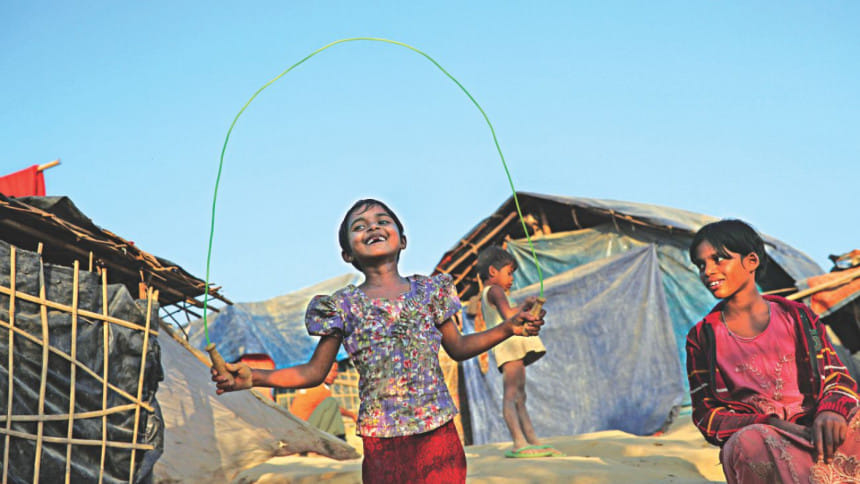
FOREST LAND
According to the United Nations Development Programme (UNDP) assessment, the Rohingya influx has "influenced" some 26,600 hectares of the total 60,000 hectares of the forest land in Cox's Bazar.
Establishment of large makeshift camps in Kutupalong, Balukhali, and other areas has made a “substantial direct impact” on the available forest resources in Ukhia range, which is the worst affected area.
Of the 1,485 hectares of the encroached forest lands under Ukhia, Whykong and Teknaf ranges, 700 hectares were plantation area, according to the assessment, which says over 1,500 participants in the social forestry plantation have already lost their benefit as almost all the plantation have been cleared up for the Rohingya settlement.
Besides, the report says, the collection of fuel wood from forests within the 10 kilometres zone around the camps will sustain fuel supply for approximately a year. But the whole forest land of 26,000 hectares will be degraded and converted into shrub dominated areas with low biomass and productivity.
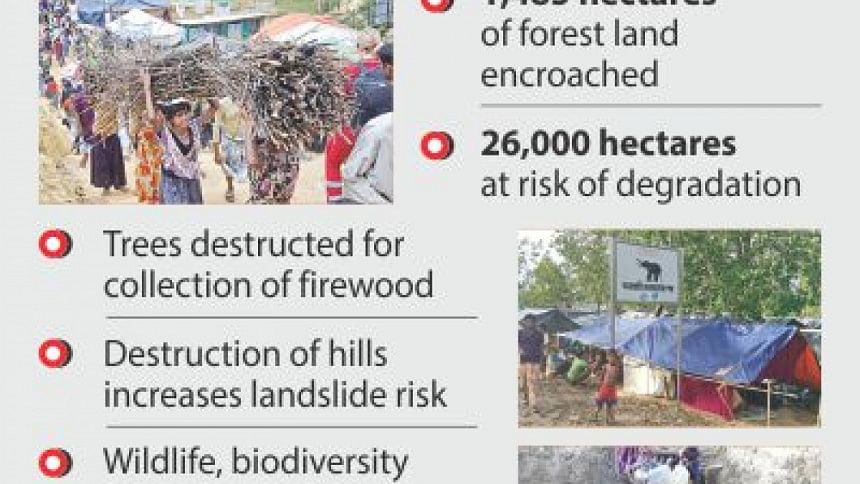
If the fuel wood collection continues, it will also put substantial impact on the proposed Inani National Park and potentially on Himchhari National Park.
“Therefore, the influx currently causes and will continue to cause a critical impact on forest land in the Teknaf and Ukhia ranges. This is an adverse impact high in magnitude and large geographical area, long-term, or irreversible if not properly mitigated.
“It will likely give rise to significant social conflict between host communities and Rohingya over the use of the forest resources."
The UN body gave several recommendations to mitigate the impact. Those recommendations include controlling access to fuel from forests, supporting fuel wood substitution actions through coordination of various aid agencies, setting up tree plantations and reforestation in Cox's Bazar.
GROUND WATER
The UNDP report identified ground water depletion and contamination as one of the critical impacts of the Rohingya influx.
It said Teknaf coastal zone has descending ground water and the demand for the water has increased manifold after the influx began.
"Thousands of shallow tube wells have been installed in the influx areas, which are very close to each other, particularly in Kutupalong and Balukhali camps, to meet huge demand, resulting in exhaustive withdrawal of water from the shallow aquifer.
“As a result, some of the wells have gone dry in the meantime. Apprehensions are there that the shallow aquifer could be exhausted within next several months.”
The water sector service providers are looking for deep wells but there is no certainty yet about its availability as, according to the geological features, it's all rock underneath in the deeper aquifer region, according to the UNDP assessment.
Besides, thousands of latrines without proper soak pit have been installed very close to the water points.
“Now, leakage, seepage and overflow from these facilities are being reported, which are making the ground water contaminated,” it said.
The report also said results of ground water samples from different Rohingya camps for E-coli test by Red Cross provided alarming picture as 70 percent of the samples were observed to be heavily polluted.
Mentionable, the influx area does not have much surface water excepting small streams.
The study recommended hydrogeological and geophysical investigation to identify potential water aquifer; protection of all water sources from pollution; and development of water treatment facilities and piped water supply network to mitigate the water issue.
RISK OF LAND SLIDE
Due to the indiscriminate hill cutting to provide shelters to the Rohingyas, the terrain of the hills has lost their natural setting while the vegetation cover has also gone, the UNDP report said.
“The top soil and other loose soils have now become very susceptible to be carried away during rains or even in stormy winds,” it said.
During field visits, the study teams noticed that about 50 percent of the hills have been completely denuded in the influx area. Erosion also hit many areas.
“The hills in some places have been so mercilessly cut that land slide may happen any time,” the report said. The study team indentified land slide as a severe impact of the influx.
WILDLIFE AND OTHERS
The report says the makeshift camps cause significant impact on the wildlife, especially on the elephants who suffer habitat loss and fragmentation.
During the field visits, it was observed that some Rohingya camps were constructed just on the corridors of elephants and “hence an elephant-human conflict is obvious.”
“If [the problem is] not mitigated... the elephants will be locally extinct from this area,” the report said.
ROHINGYAS BEEN AFFECTED TOO
The current situation is taking a toll on the Rohingyas, especially the women and the girls.
It is disproportionately affecting women, girls and the most vulnerable and marginalised Rohingya groups, the UNDP report says.
The overcrowding and decreasing privacy at all the Rohingya sites increases safety and security risks, particularly for women and girls. Women and girls, especially from female or child headed households, are particularly vulnerable to violence and abuse while collecting firewood from the forest, it said.
Sanitation, indoor air quality and solid waste management -- these are among the other major risks to human health in the camps, the report added.


 For all latest news, follow The Daily Star's Google News channel.
For all latest news, follow The Daily Star's Google News channel. 


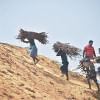
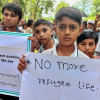

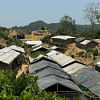


Comments